What Do You Need to Grow Weed?
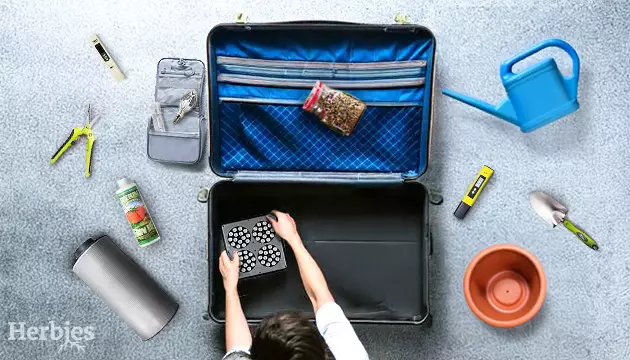
The rise of the legalization of cannabis has meant that more and more enthusiasts have been able to experience the joy that comes with growing and consuming your very own homemade bud. It can, however, be a little overwhelming getting started, seeming like there’s a million and one things you have to research and decide on – what do I need to grow weed? Worry not – this article will explain everything you need to know about growing weed. All you have to do is trust the process, treat your plants with love and enjoy the experience. And if there are still questions in the air, just search our Blog – we have hundreds of articles to help you on your journey.
First Things First: Indoors Or Outdoors?

The first question you have to ask yourself is where you’ll be growing your plants; inside a tent or grow room, or will it be in the garden? This is not so much a choice you need to struggle with, but rather a purely logistical decision:
- Do you live in a warm and temperate climate?
- Do you have access to good quality soil?
- Are you free of privacy and security issues?
If you’ve answered ‘yes’ to all three questions, congratulations! You’re one of the lucky ones who’s likely to have success in growing outdoors. This has benefits such as very little start-up costs, as you won’t require things like a tent, lights, exhausts, etc. You’re also able to grow in large volumes, as space is not as much of an issue, and this can lead to higher yields. However, the most important thing to consider is the fact that you’ll have very little control over important variables such as light intensity, humidity, or external factors such as pests. This means you’re usually also limited to about one crop a year.
If you’ve answered ‘no’ to even one of those questions, it’s probably a good idea to stick to an indoor set up. This gives you lots of benefits such as complete control over the plant’s environment and access to as many grows a year as you can manage. It’s definitely a little harder on your wallet initially and may limit the type of cannabis you can grow (depending on how much space you have), but it’s the most common way of growing cannabis worldwide!
So, what do you need to grow weed indoors? Let’s find out.
What Do You Need to Grow Cannabis Indoors?
This is the most popular way of growing cannabis for good reason – you’re in total control of the final product. By changing certain variables and feeding your plants certain nutrients, you can make a real impact on final yields, taste, smell and even the color of your bud! Indoor growing is the art of making your plants feel like they’re in the perfect environment to bloom into a highly potent and flavorful harvest. There are a number of factors you need to consider, and these are outlined below. “What equipment do I need to grow cannabis indoors?” – here is the full list for beginners!
- Seeds
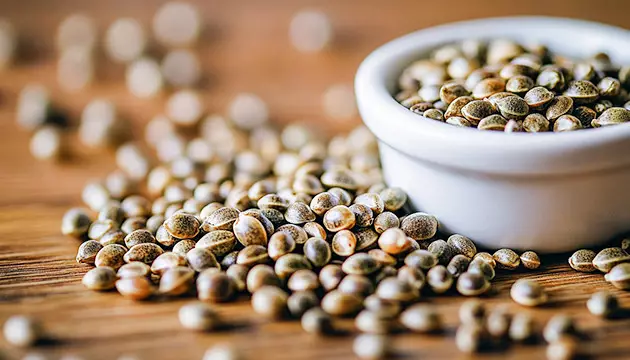
Perhaps the most exciting decision to make is, what exactly will you be growing? Just a scroll through our website will have you spoiled for choice, whether you prefer Sativa, Indica, hybrid or autoflower. This is largely a personal preference, and you should pick a strain that you’ll enjoy in order to make the whole growing process a whole lot more rewarding. However, you should also consider whether the strain you pick has other effects you may want or need. Are you interested in the medicinal effects of cannabis, something to help you sleep or just something to enjoy recreationally?
It’s also important to consider the logistics. How much space do you have? Many beginner cultivators are tight on space, and this lends itself well to autoflowering or Indica strains, as they tend to be small in size and stature. Growers with more space available to them are better equipped for pure Sativas or Sativa-dominant hybrids, as these have the tendency to develop into true monsters.
- Grow Space
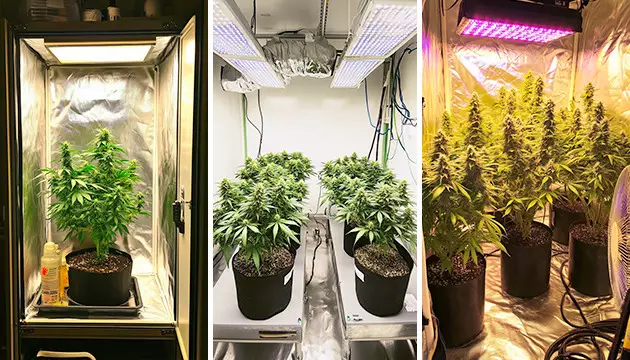
Next, you’ll want to decide where you’ll be growing your cannabis. Whether you’re growing in a cupboard, room or tent will largely depend on how much cannabis you’re wanting to grow. Commercial cultivators will benefit from as large a space as possible, but be sure to leave enough room between pots to allow you access to every plant. For most beginner cultivators, it’s advised to start off small. This will mean a much smaller investment, and you’ll also gain some experience and know-how before trying to scale up. There are plenty of ready-made grow kits available to purchase online that are an excellent port of call for first-time cultivators.
- Lighting

Lighting is arguably the most important factor that will impact the quality and size of your harvest, so it’s not a decision to take lightly. This can be a difficult decision for a beginner, as there’s much debate among seasoned growers about which type is best. Ultimately, you want to choose the most efficient lights for your grow space that can provide the right light spectrum and intensity – without also providing too much heat, which can be detrimental to your plant’s health. So, what light do you need to grow cannabis? Here are the options.
High-Intensity Discharge (HID) lights have the closest light spectrum to the sun, and while that’s a good thing, this also means they tend to produce a lot of heat. Efficient heat regulation will be required with these.
Compact Fluorescent Lights (CFLs) or Light-Emitting Diodes (LEDs) are incredibly efficient, great for small spaces and do not produce too much heat. However, they can be on the pricier side. Still, there are definitely some beginner-friendly and budget LEDs available for beginners. Overall, LEDs are the way to go – the initial investment will be definitely paid back over time, and they’re both efficient, powerful, lasting, and easy to find.
- Fans
The list of everything you need to grow cannabis would be incomplete without fans! It’s extremely important to have good air circulation to cultivate happy, healthy plants. Stale air around your plants can clog their stoma – these are the pores on the underside of the leaves which are responsible for gas exchange. This can lead to your plant not being able to take in the CO2 it needs for growth and development. Other benefits include the fact that circulation can encourage the development of strong, sturdy stems – which you’ll need to carry the dense rocks you’ll grow! Moreover, good air circulation is a great way to regulate the temperatures and humidity inside the tent, as well as prevent any mold/pest issues.
The best practice is to have two fans – one at the top of your tent to let out all the hot air and one at the bottom to bring in fresh, cool air. This will also ensure thorough ventilation throughout the foliage, keeping your plants disease-free.
- Growing Mediums
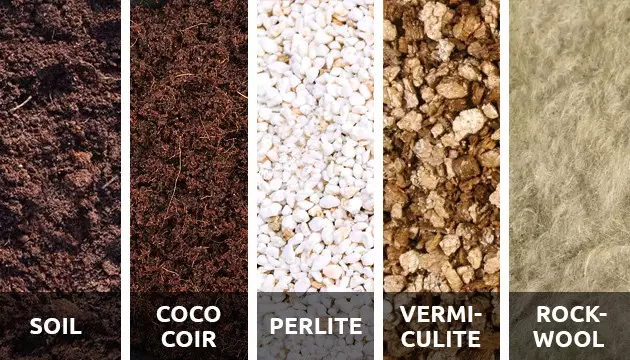
There are a number of different growing mediums available to cultivators, and it mostly comes down to personal preference when choosing which to go for.
Soil mediums are possibly the easiest medium to begin with for novice growers. Good quality soil is packed with the right nutrients your plants need to deliver a large, healthy harvest. However, although they can be easier to feed, if you begin to have any nutrient-based problems, it may take a little more time to resolve. Soil-based mediums also give you the option to grow completely organically, which can be attractive for many cultivators – some even argue that it is the best way of producing flavorful bud.
Hydroponic mediums are arguably the most advanced technique, which involves mixing nutrients in a water reservoir and relying on this to feed your plants. This allows you to precisely tune nutrition. However, it require a bit of extra time, and it can be easy to overfeed or for your plants to develop root-rot if you’re not paying close attention.
Soil-mixes involve using part soil, part neutral medium such as coco coir, perlite, vermiculite or rockwool. They’re able to absorb nutrients like fully-soil systems but also ensure that they’ll quickly absorb into the roots, like a hydroponic medium. These systems are great for drip-feeding, but you also run the risk of over/underfeeding.
The right grow medium for you will largely depend on how much time you have to spend looking after your plants, and which technique you think you’d most enjoy or would like to gain experience in.
- Pots
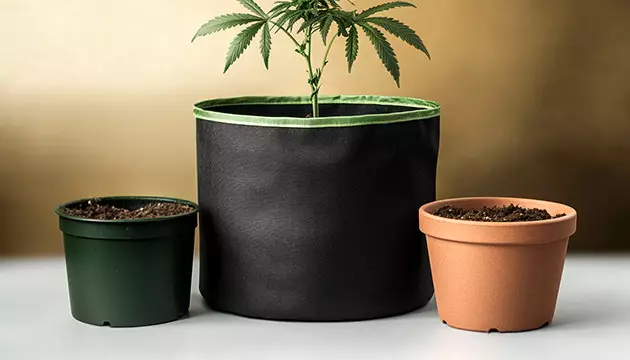
Pots are an essential part of what you need to grow weed. You’ll likely need a number of sizes of containers, as the size of your pots should be appropriate for the size of the plant. Once you’ve germinated, it’s a good idea to transplant the seedling into a small container until the first few sets of leaves are formed. After this, you can move your plant into its final container – 2 or 5 gallons is a good size for beginner cultivators. There are many different materials and types of pots available on the market, although fabric pots are great. They’re not very expensive, come in a multitude of sizes to suit your needs, and are great for aeration of the soil and roots. Remember, a healthy root system means healthy, delicious buds.
- Nutrients
Just like any living organism, your plant will need food to grow. This is delivered through various nutrients that will help it bloom into the mini-jungle it’s meant to be! Good quality soil should be full of minerals, vitamins and compost to help your plant grow. Hydroponic or soil-mix growers should invest in pre-made nutrient solutions that contain everything your plant will need. Some cultivators swear by watering with compost tea, or organic mixtures containing molasses or feathers to really improve the quality of the soil and encourage healthy development.
- Water

For most cultivators, there should be no issues with just adding your nutrients straight to tap water. However, if the water is too ‘hard’, this can be a problem and cause nutrient lockout. The hardness of your tap water can be measured at home using an E.C. meter, but this might not be the most reliable method. A good idea can be to simply do a quick Google search of the hardness of water in your area, as this information is usually available online. If your water is too ‘hard’, reverse osmosis can be used to filter out all of the harmful salts, metals or pathogens. In contrast, if water is too ‘soft’, you’ll need to add calcium and magnesium, as these are essential micronutrients.
Watch out for any chlorine content in water! This cannot be used for your plants, and you must let the water sit for 24 hours to allow it to evaporate before using it.
Make Sure Your Space, Lights And Containers Are Working In Harmony
Gathering everything you need to grow weed is one thing. However, it’s also important to make sure that each individual part is appropriate for the others. At the very least, it’s crucial to ensure that you’ve considered the size of your grow space, pot and lights, checking that they’re not only appropriate for each other but for your own purposes too. There are plenty of online guides that can help you figure out which sizes of each will work well together, but the easiest thing for beginners is to buy ready-made grow kits that come with everything you need and zero guesswork.
Advice For Outdoor Grows

Growing outdoors is very similar to indoors – with a lot less hassle. If you have access to good quality soil, you don’t need to worry too much about adding extra nutrients. You may need to water your plants more regularly than the average rainfall, but you won’t have to worry about temperature/humidity, as nature will control that for you! Just be wary, because outdoors cannabis can grow rapidly – your plant can easily reach a height of 3 or 4 meters in the vegetative growth period. Most cultivators regularly top and under-shuck their plants to encourage the homogenous growth of buds on the plant. Also, keep in mind that your plants will continue to be in vegetative phase until natural sunlight drops below 12 hours. This means that the further you are from the equator, the less time your plants will have in veg!
Useful Kits For Keen Cultivators
If you’ve read the above advice, you’re pretty much ready to go! The following section will help you consider some things that aren’t absolutely essential to starting your very first grow, but which are nonetheless considered incredibly useful by cultivators all around the world. These really are worth considering if you’re able to invest a little more into your hobby.
pH And E.C. Meters
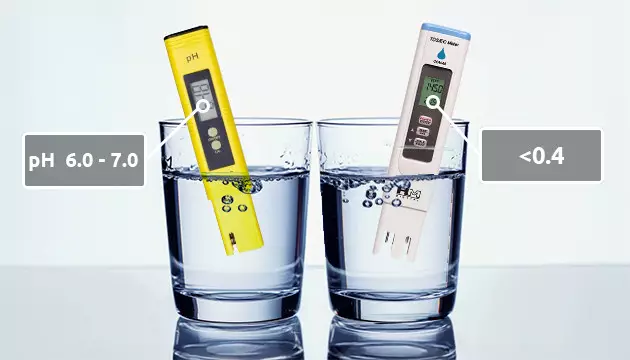
These can be very effective tools to help you keep track of whether the pH of your water is at the optimal range for plant growth – between approximately 6.0 and 7.0. This will help you avoid issues such as nutrient lockout.
E.C. meters are great for testing whether your tap water is appropriate to use for watering your plants. It’s recommended that the E.C. of your water should be less than 0.4 to ensure your plants are healthy and don’t accidentally uptake any toxins.
Carbon Filter
This is almost essential for cultivators who are worried about privacy, as your plants will definitely make their presence known with that all-too-recognizable smell. But don’t worry! All you need to do is attach a carbon filter to the exhaust fan in your tent. As the air passes through the filter, the chemicals responsible for the smells are trapped in the carbon and odorless gases are released.
Temperature And Humidity Sensor
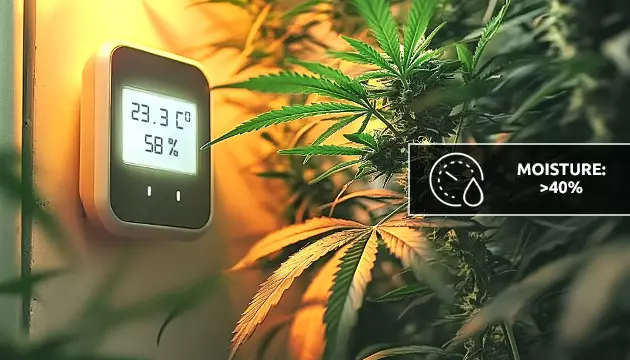
Thermometers and relative humidity sensors can be really useful to ensure that the levels of these are exactly what your plants need to flourish. Remember to keep average temperatures at around room temperature. Optimum relative humidity can vary depending on the stage of growth, but you want to maintain at least 40% relative humidity.
Final Step: Get Growing!
So there you have it – that’s everything you need to grow marijuana, from all the basics to some extra equipment if you’re really keen to get stuck in. No matter how small you begin, cultivating cannabis is an incredibly rewarding experience, and it really doesn’t take a lot to get started. How to start growing weed is no longer a question, but there’s lots of learning ahead – make sure to return to our blog throughout your journey for helpful advice from experts.
Herbies Head Shop expressly refuses to support the use, production, or supply of illegal substances. For more details read our Legal Disclaimer.

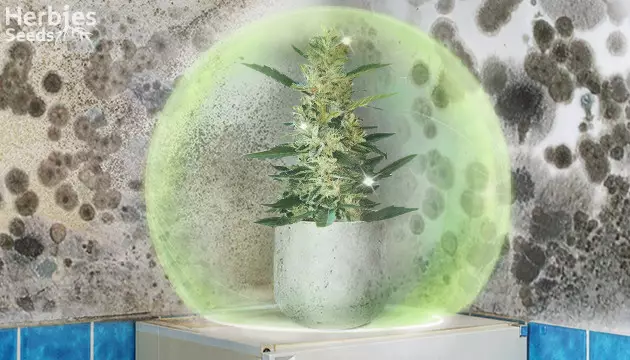
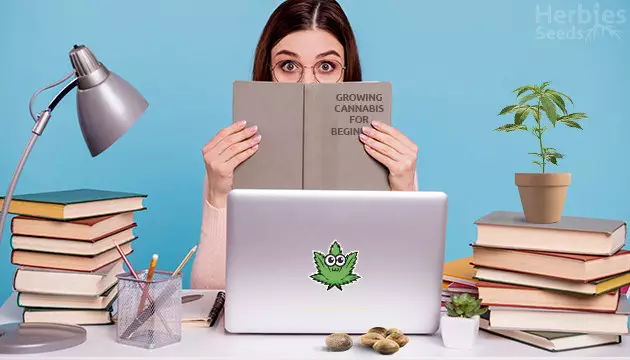
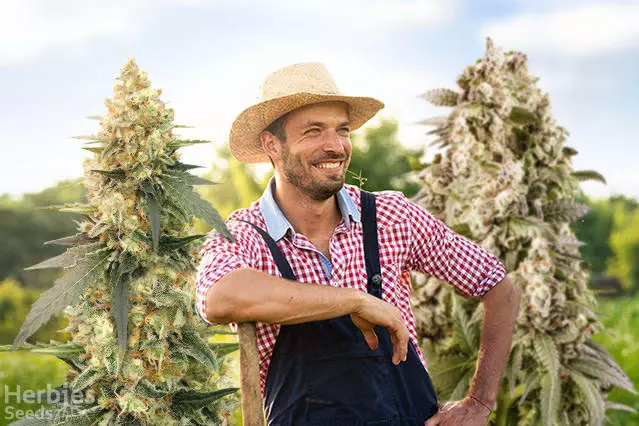


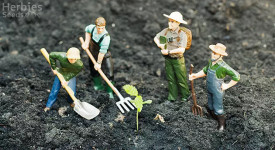
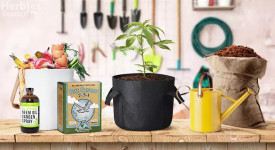
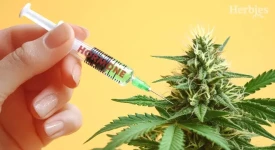
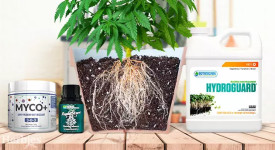


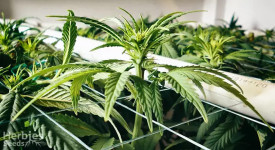

Thank you for leaving a comment for us!
Your feedback will be posted shortly after our moderator checks it.
Please note that we don’t publish reviews that: